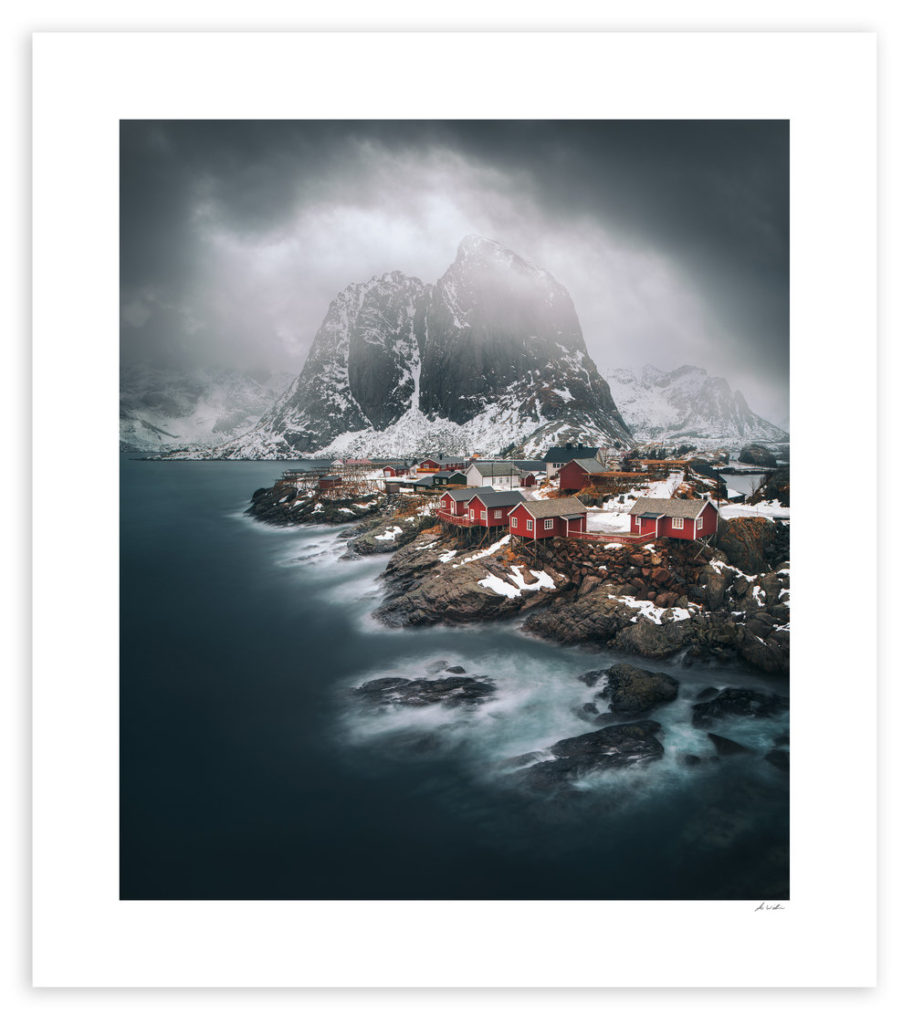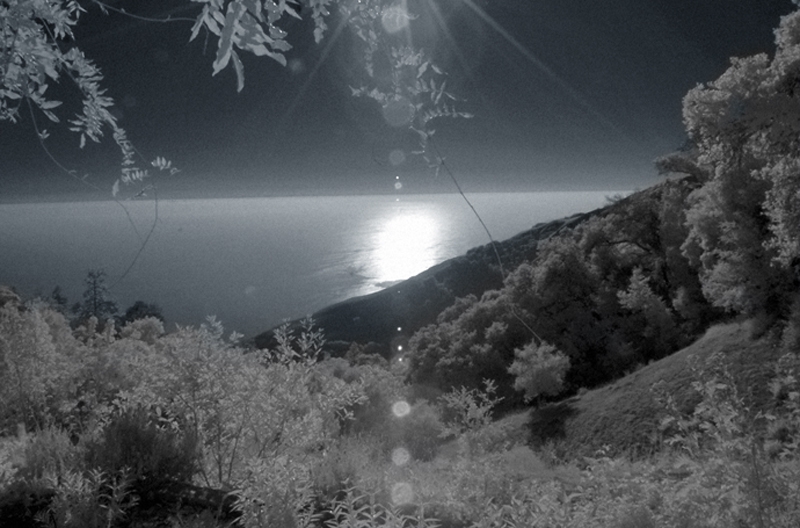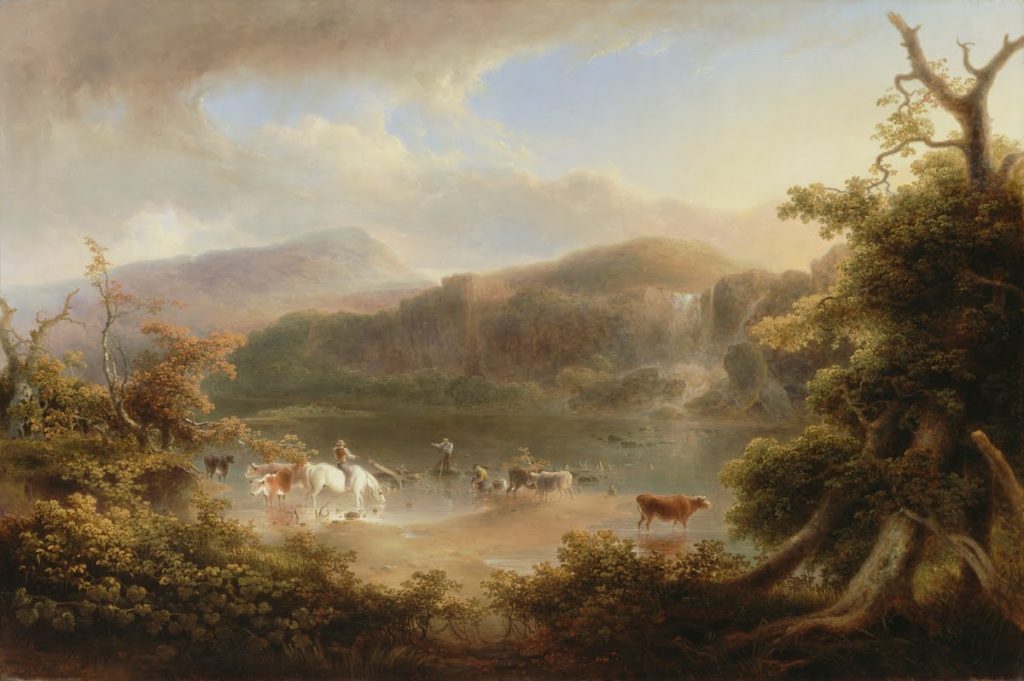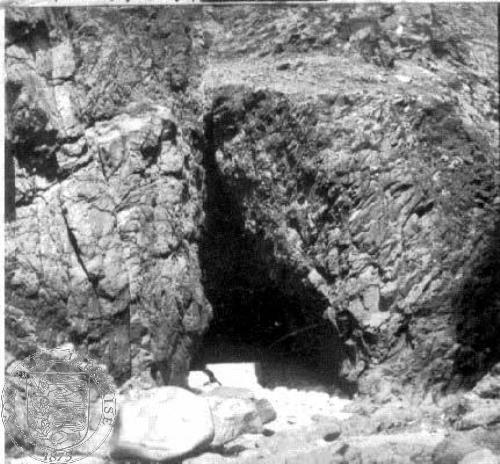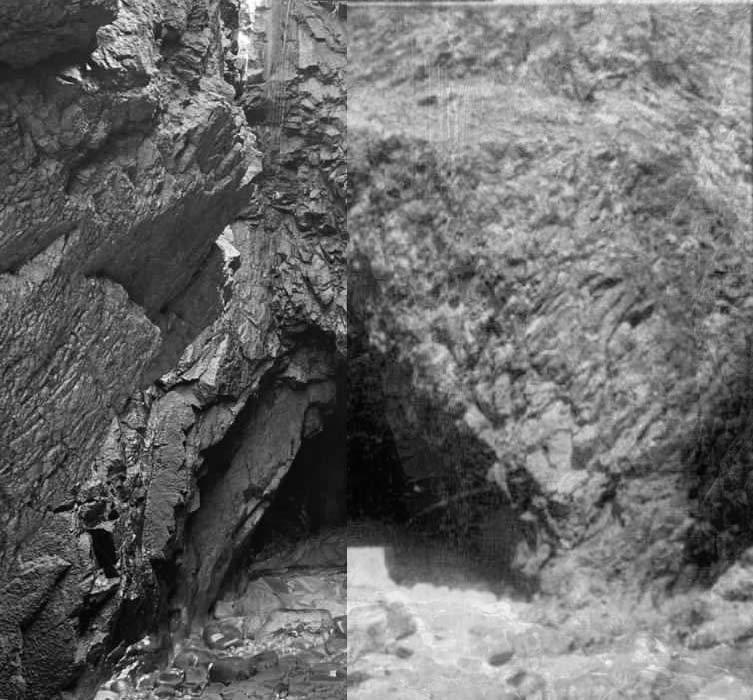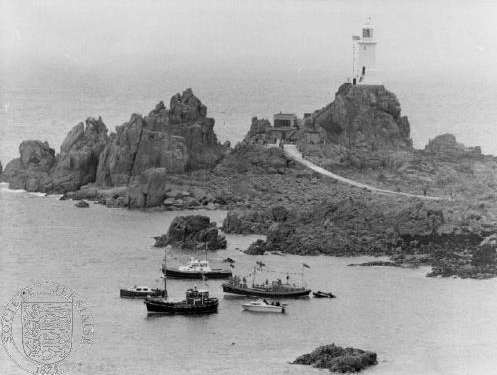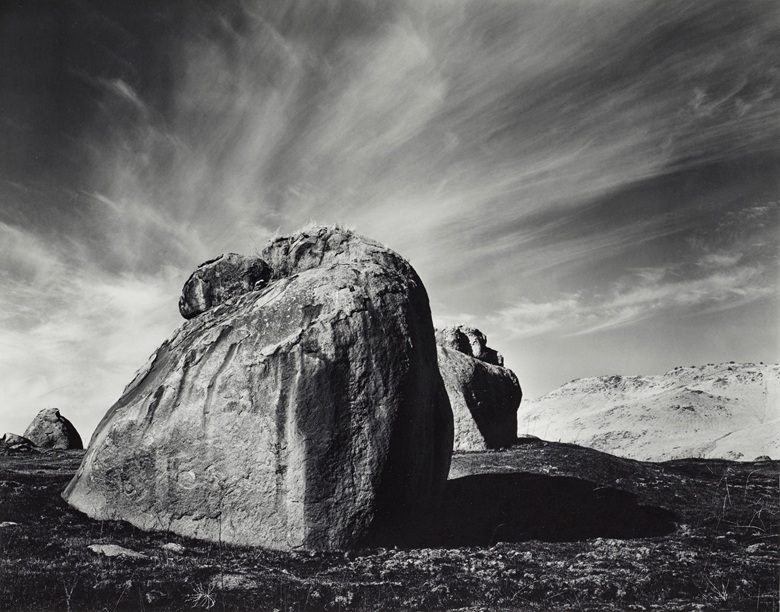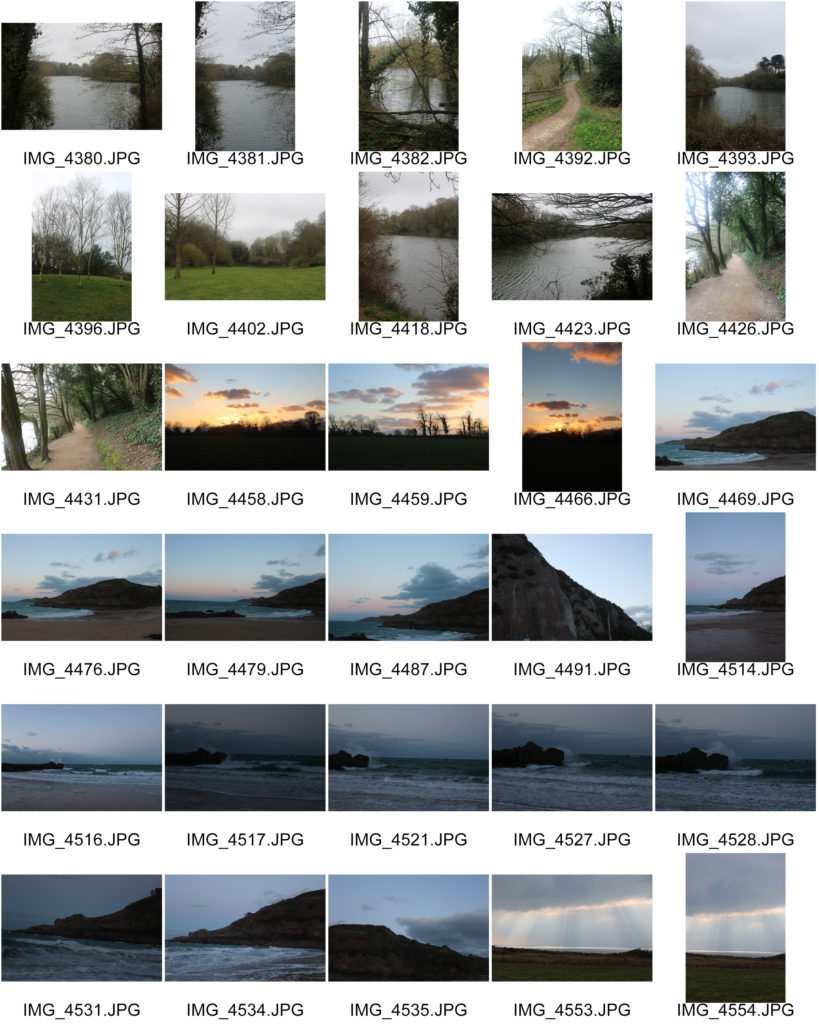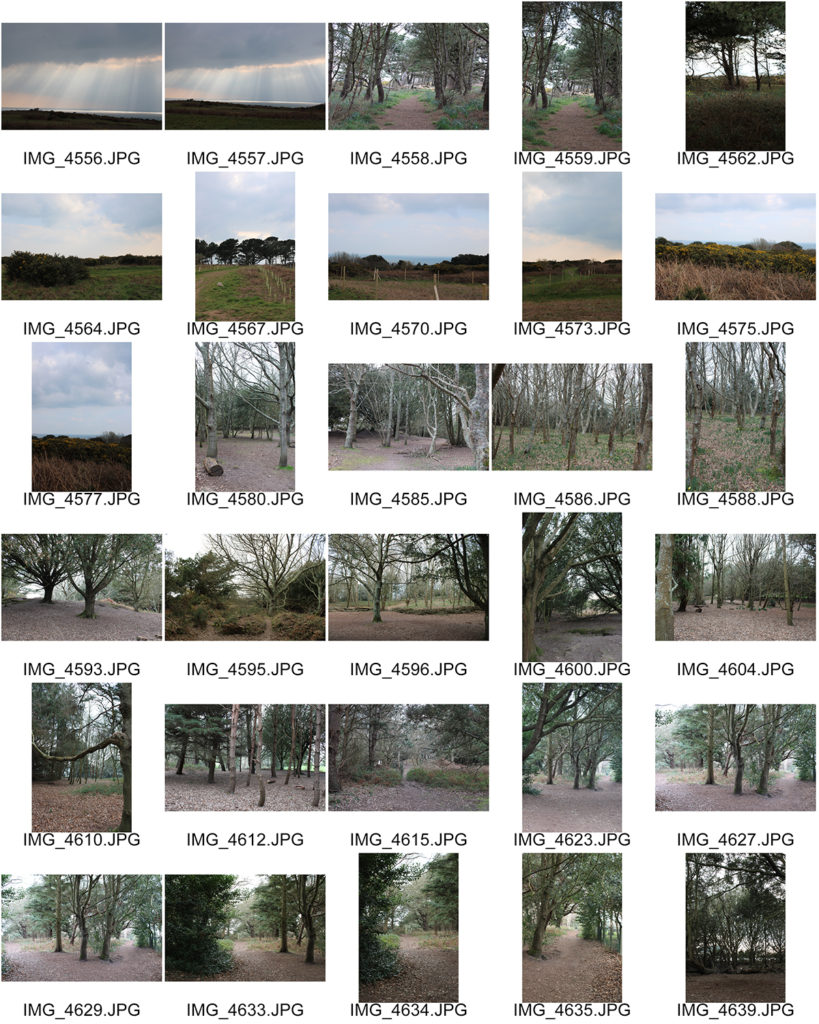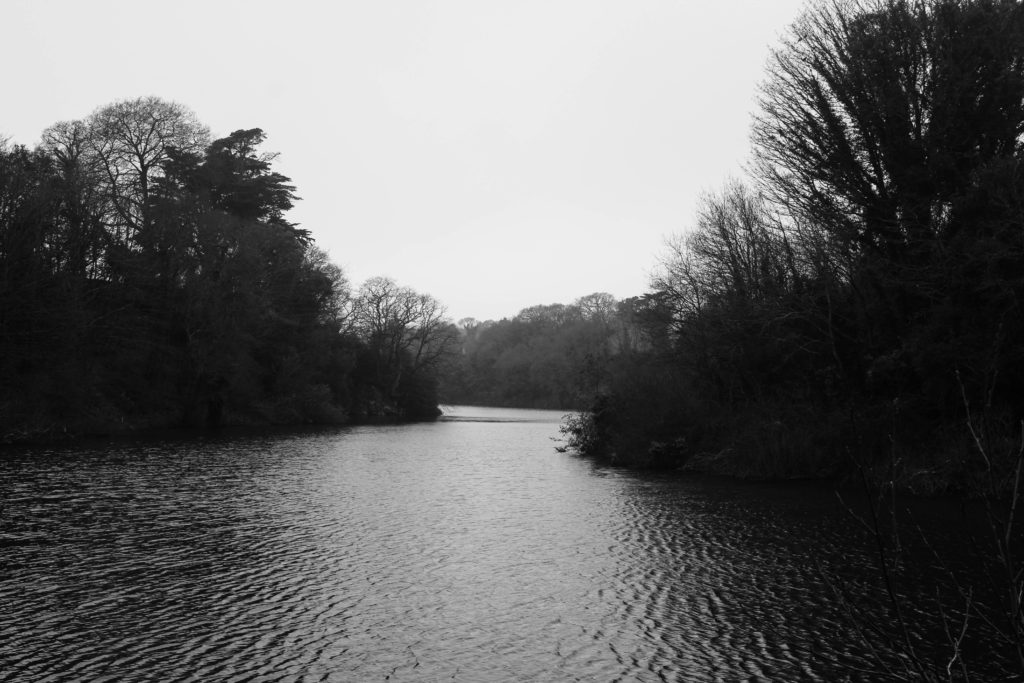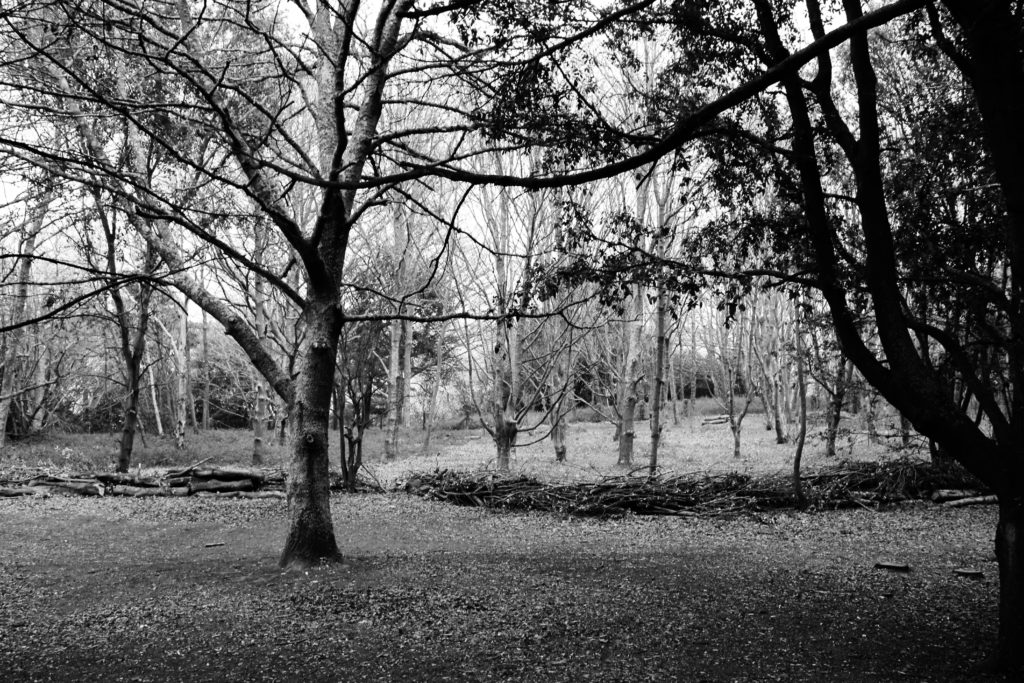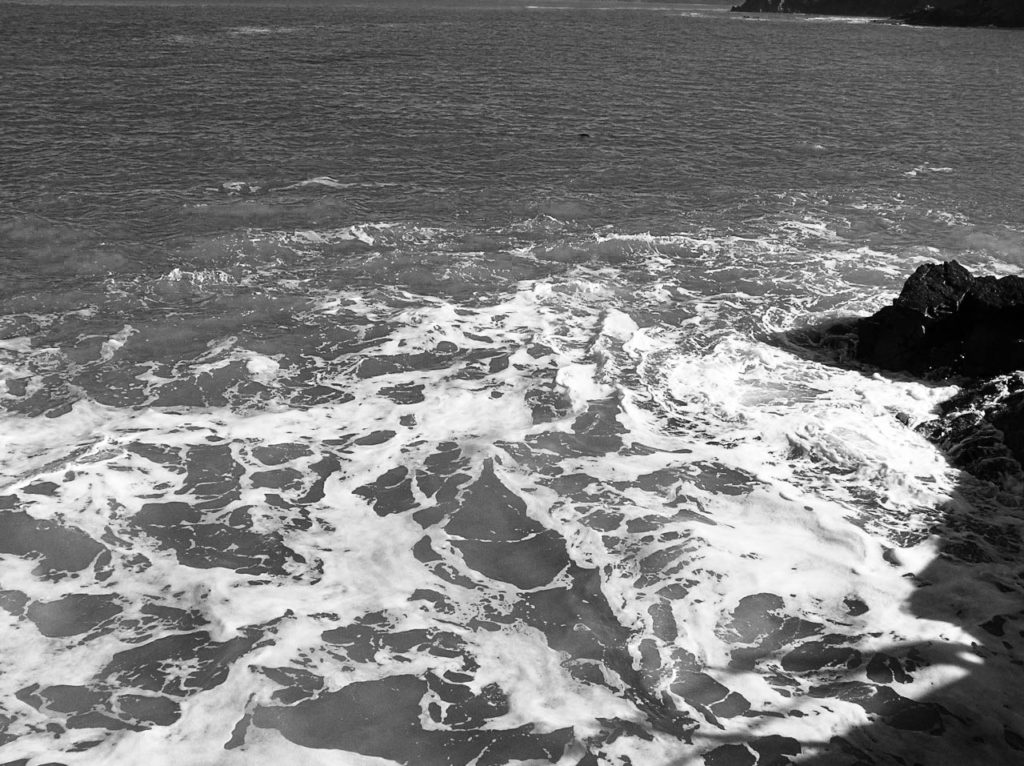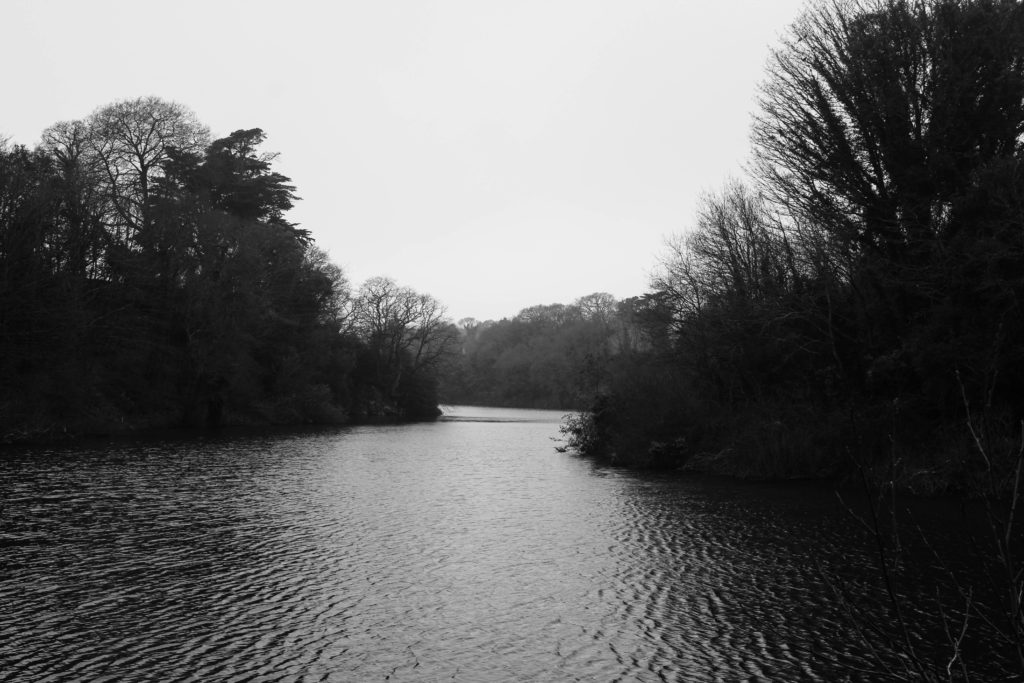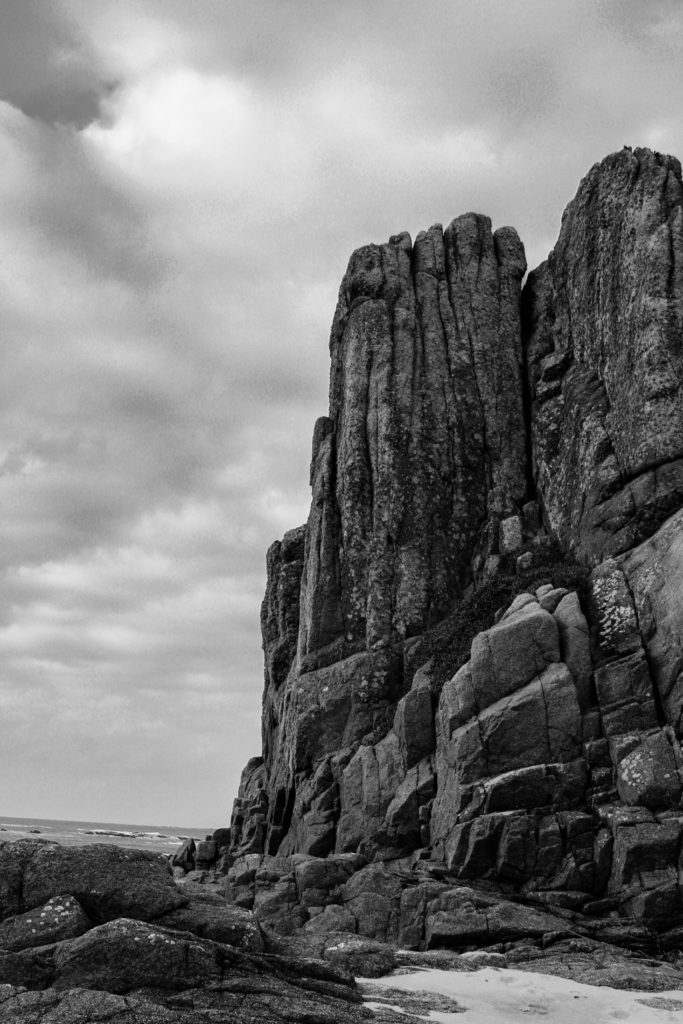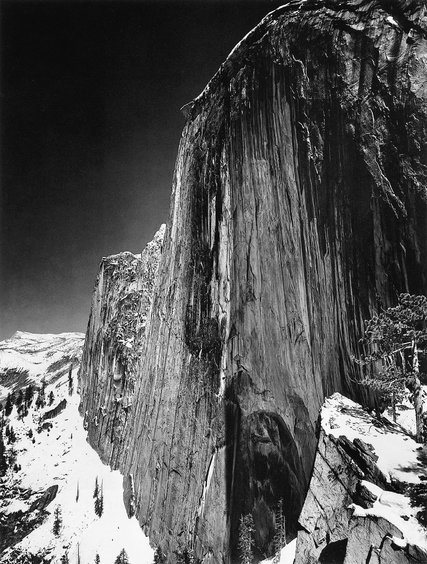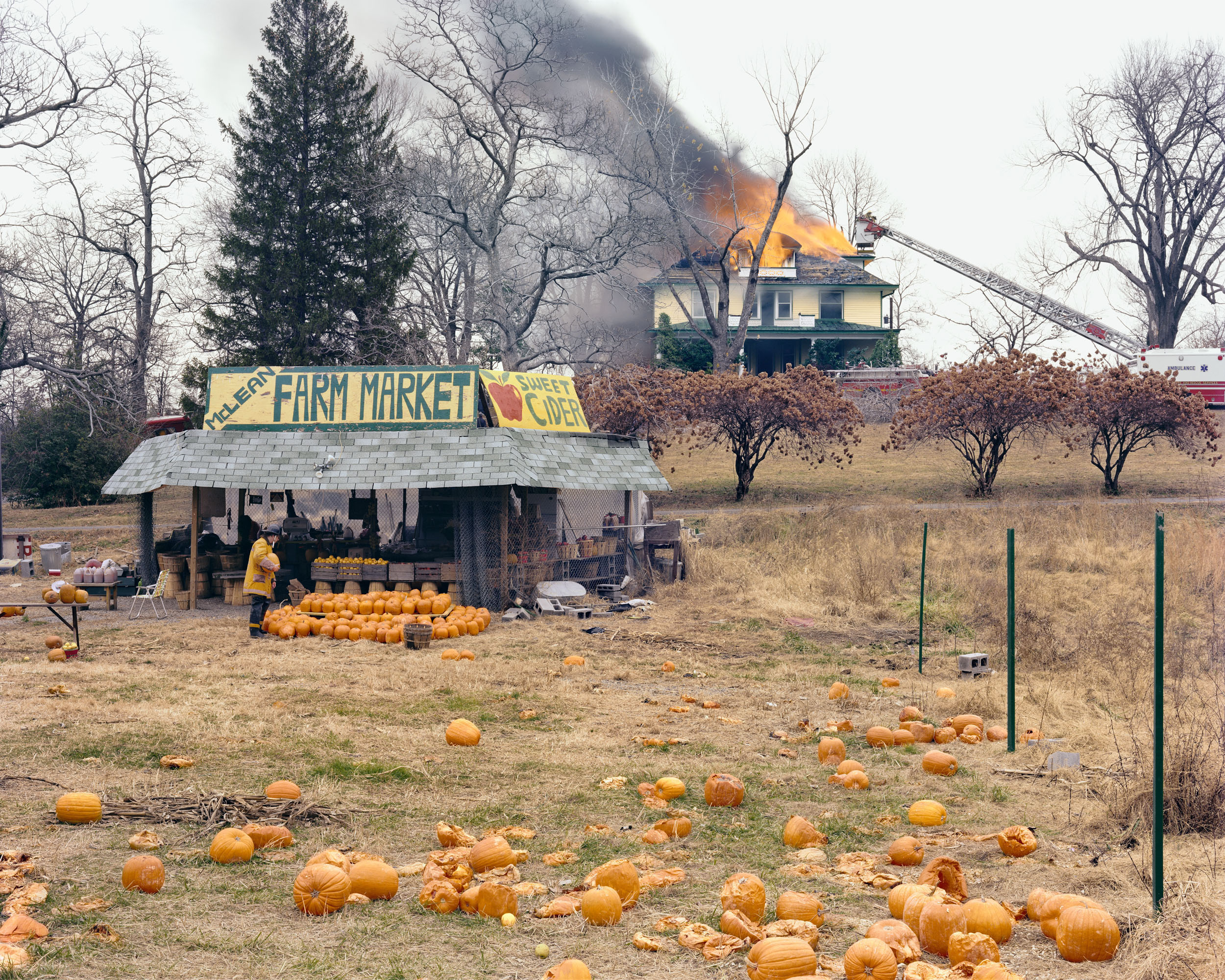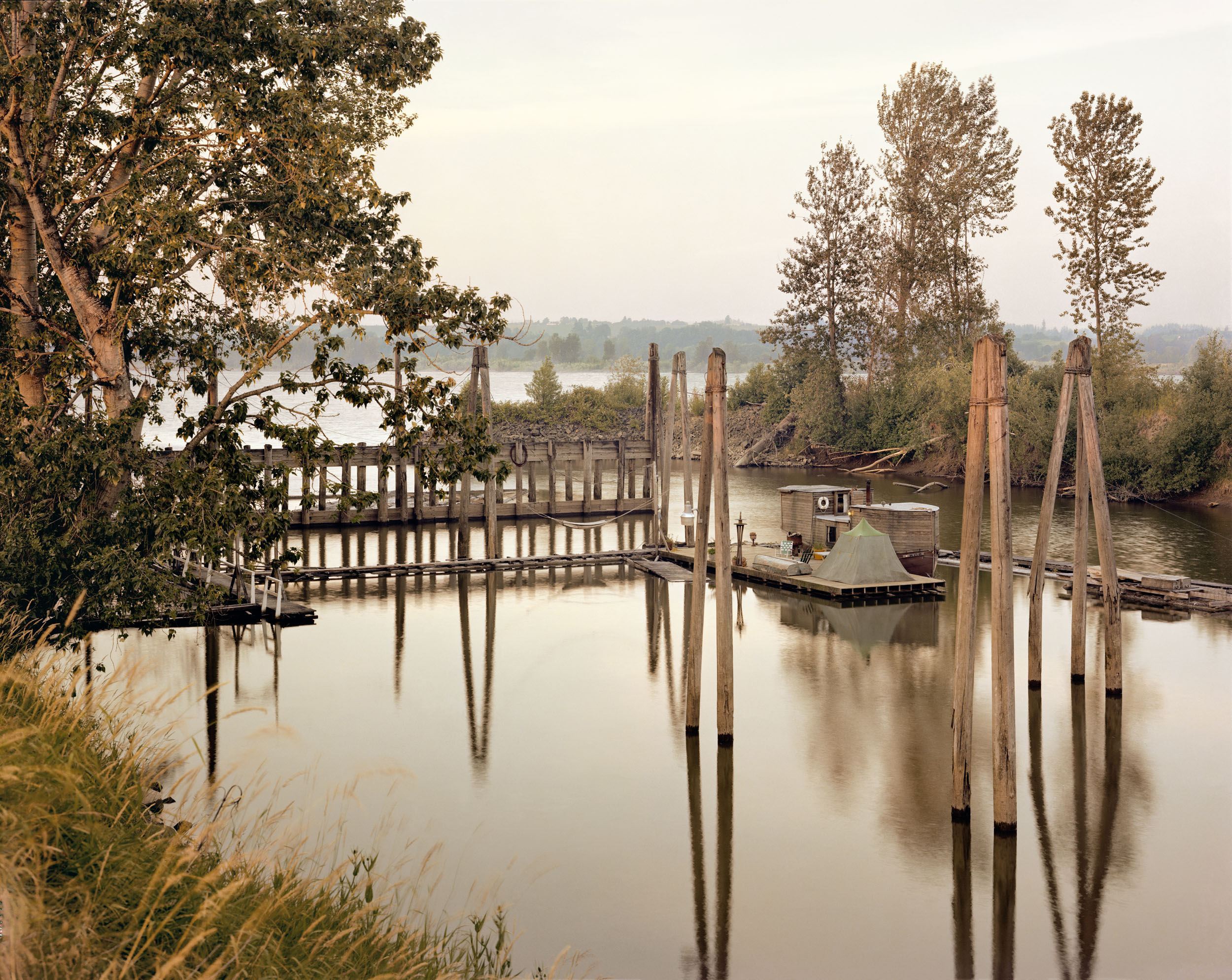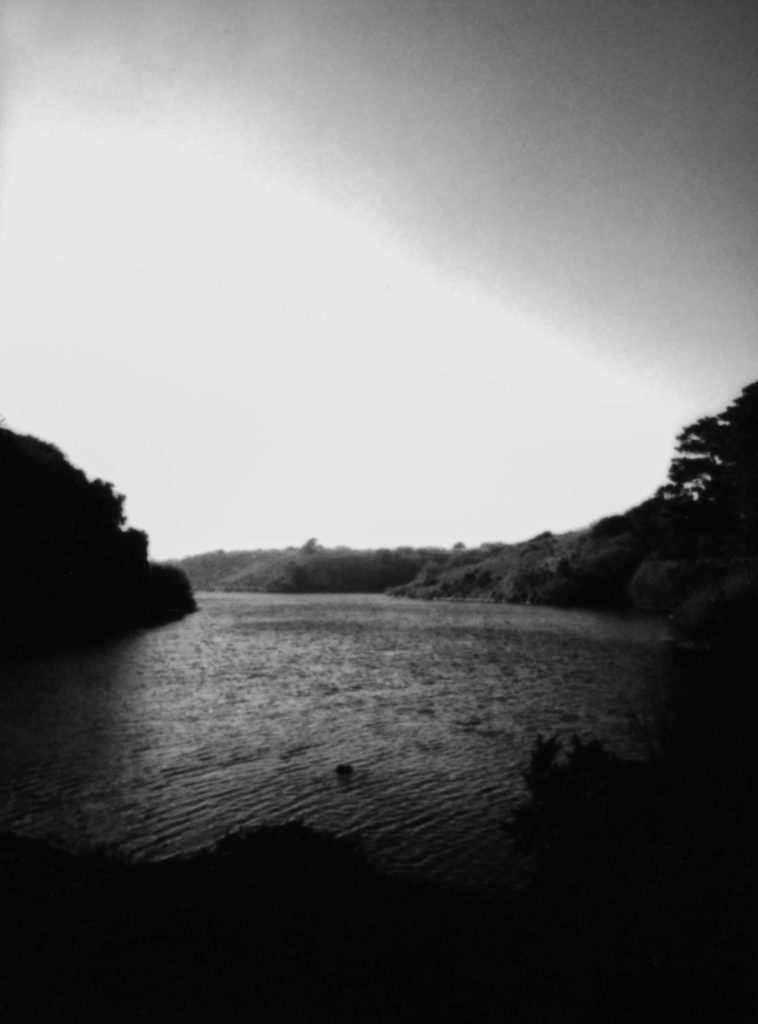Gabriele Basilico
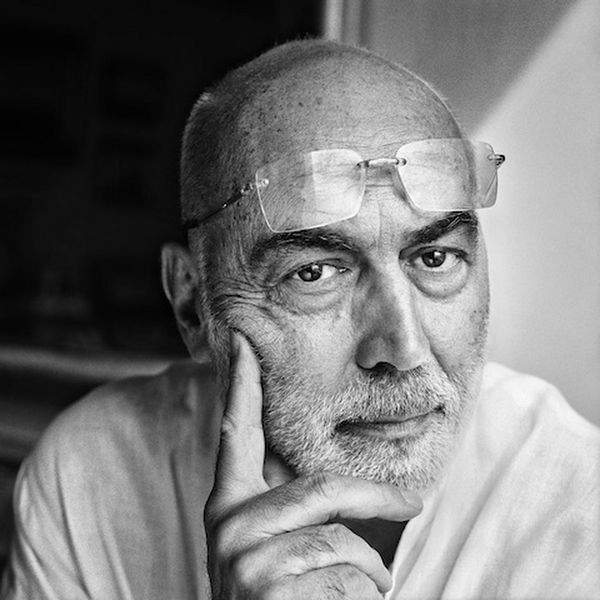
Gabriele Basilico, born in 1944, was an Italian photographer who contributed to the New Topographics movement with his contrasting industrial landscape photographs. Basilico orginally studied architecture before beginning his career in photography, where he started of taking images of traditional landscapes before transitioning to industrial landscapes which was influenced by his previous studies. Gabriele Basilico first became recognised for his photographic study on the buildings of Milan in 1982, with his series “Ritratti di Fabbriche, Sugarco”. This recognition led Basilico to be commisioned by the French Government to document the transformation of the Transalpine landscape, as well as helping to document the effects of war on the Lebanese capital of Beirut. The majority of Basilico’s work was captured using a traditional viewfinder camera with iconic black and white film, before he died in 2013.
Examples of Gabriele Basilico’s work
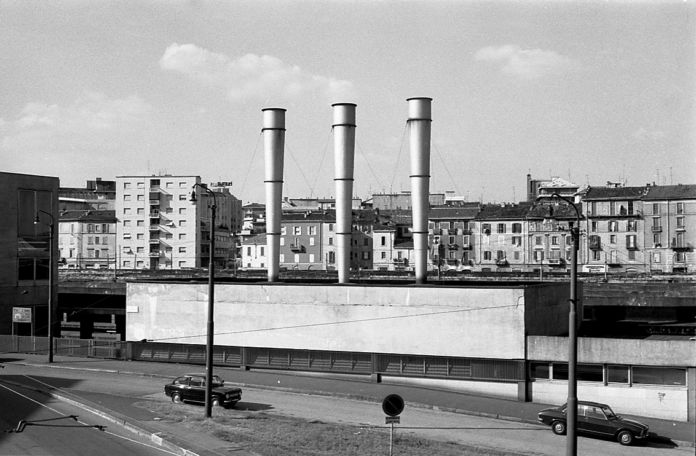
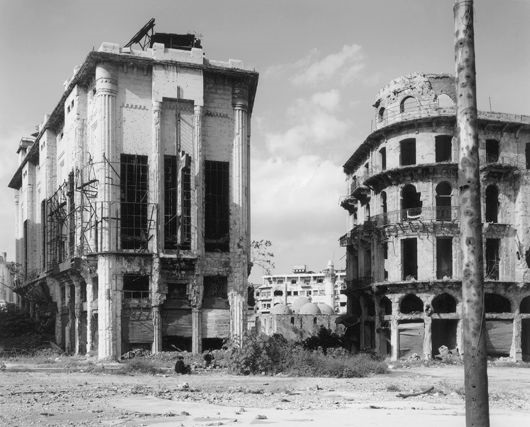

Analysis of Gabriele Basilico’s work
This photograph titled ‘Ritratti di fabbriche di Milano’, taken in 1978, translates to ‘Milan Portraits of Factories’, removing any ambiguity to the context of the image. At first glace, there is a lack of a colour palette, however there is an extreme contrast in tones. There is a rather simple, repetitive composition to the photograph.
The lighting in this image seems to be natural yet harsh. The lighting is being directed from the top right of the image, meaning shadows are casted from the same direction. I would imply that this photograph was taken later in the afternoon, as the sun is beginning to set. The brightest sections of the image can be seen in the almost-blinding white painted houses, which are contrasted against the darker tones, as well as the shadows in the image.
There is a strong sense of line in this photograph, due to the geometric shaping of the houses. The lines created by the draining pipes in between each house act as leading lines that direct the viewers eyes upwards, and towards the horizontal, jagged lines created by the roofing.
There is a clear use of repetition within this image, found in the repeated structure of the houses. The use of line is also repeated in this image, although the lines differ in size. However, there is no representation of echo or reflection in this photograph.
The majority of the represented shapes in the photo are geometric, for example, the repetition of lines and squares in the houses. On the other hand, there is little representation of organic shapes such as the tree branches in the middle third of the image. This creates a juxtaposition between organic and artificial shapes.
It is difficult to tell the depth of field within this image as the majority of the image is positive space, with the background being negative space there is no way of comparing the focal lens of the photograph. Nearly all of the foreground is taken up by the houses, which creates positive space.
There is contrasting textures within this image, as the houses provide a smoother texture in comparison to the leaves and tree branches that create a more jagged texture.
There is a range of tones that contradict each within the photograph, due to the use of shadows and highlights. The darkest area of the image can be seen in both the lining of the houses and the shadow that is casted in the bottom-right corner. This is contrasted with the lighter areas of the image, especially the white houses. Overall, I think the the image’s tones are rather balanced and the image doesn’t tend towards darkness or lightness.
There is a lack of colour in this image, as Gabriele Basilico’s iconic images are taken using black and white film. I believe the lack of a colour palette allows for the tones to be accentuated within the image, and create a more intense contrast between highlights and shadows. The lack of colour also allows for other aspects to be exaggerated, such as the use of line or repetition.
The composition of the image is rather simple, as repetition is used to a larger scale and the image is taken in black and white. The positive space that fills the majority of the image isn’t complexly formed and the other sections of the image are purely empty space. However the photograph does not follow the use of thirds as the image is not separated into three clear sections and the there is multiple focal points.

















